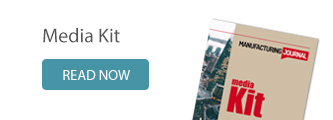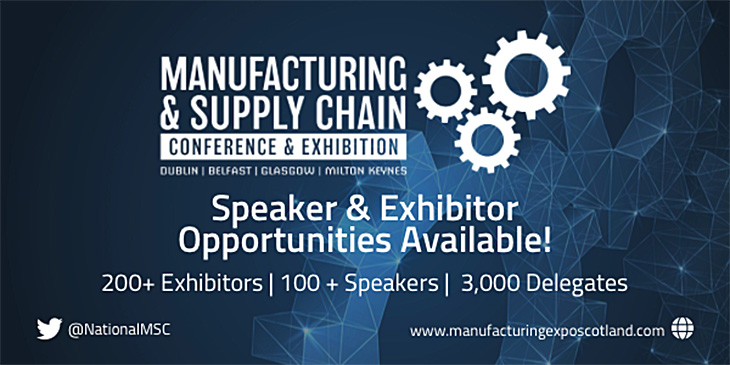Göppingen, July 30, 2013 – With the introduction of the Euro 6 emission standard for trucks on January 1, 2014, the permissible nitrogen oxide emissions for trucks weighing over 3.5 metric tons will fall by 80 percent. Renault Trucks used the upcoming amendment to revise its complete range. The official launch was held in France in June 2013 and will be continued in those countries where Renault Trucks is represented over the coming months. Some of the parts used to construct the company’s trucks are produced on a high-performance hydraulic press line supplied by Schuler. Its particular strength is its high level of productivity, while at the same offering great flexibility.
“Renault Trucks can use both the existing dies of an older press line and specially developed dies for the production of the new truck cabins,” explains Dr. Martin Habert, Managing Director of Schuler SMG and Head of the Technology Field Hydraulic Presses. “The new line also enables the customer to exchange die sets extremely quickly.” With the aid of an automatic changing system, machine operators can exchange the complete press die set and robot toolings in less than five minutes. All in all, more than 80 different die sets are used on the line: “This makes producing even the smallest batch sizes both simple and economic.”
Schuler not only supplied the hydraulic lead press with 2,000 metric tons of press force and the three hydraulic follow-up presses with 1,000 metric tons of force each, but also the blankloader and other automation equipment, such as Crossbar Robots, unloading Crossbar Robots and two exit conveyors. The entire line can achieve speeds of up to eleven strokes per minute with bed-slide surfaces of 4.1 by 2.5 meters. With two parts per stroke, the line can produce 22 parts per minute.
Precision and reliability of a clock
“In terms of precision and reliability, the process is like a Swiss watch,” says Dr. Habert. “Everything runs like clockwork.” First of all, the blankloader separates the individual blanks from each other with the aid of fanning magnets so that the robot only picks up one blank from the pile to place on the conveyor belt. In the subsequent optical centering station, individual blanks are captured on camera and their coordinates sent to the loading robot. The latter then places the blanks centrally and in the correct position into the die of the lead press, ready for deep drawing. The parts are then given their final shape in the follow-up presses. Schuler Crossbar Robots transport the parts from station to station before they are laid on one of the exit conveyors.
The complete line was tailored to the exact dimensions of the Renault Trucks production hall. The use of Crossbar Robots also means small distances between the presses as the parts are moved in a linear direction and transported from station to station without the usual 180-degree turn. This reduces the line’s overall footprint. Together with its customer, Schuler also enhanced material flow in the hall as well as optimizing the storage and maintenance of the forming dies.
Service and maintenance for added productivity
Renault Trucks in Lyon has already been successfully using a hydraulic blanking and cutting press with automation from Schuler since 2005. An extensive service program has also been agreed for the new line. This not only includes the layout planning and the line’s optimal design tailored exactly to the customer’s manufacturing requirements: Schuler’s experts also launched production on the press line and optimized production with several dies. Employees at Renault Trucks were also given extensive training on operating the press line. Moreover, the package includes remote service and a replacement part package tailored to the line.
“Total Productive Maintenance” or TPM is the specialist term used to describe the strong influence which maintenance has on a line’s overall productivity. “Renault Trucks has a press line which corresponds in full to the principles of TPM,” concludes Schuler’s Managing Director, Dr. Martin Habert. “The line’s excellent accessibility ensures that maintenance remains easy – thus minimizing downtime.”





















